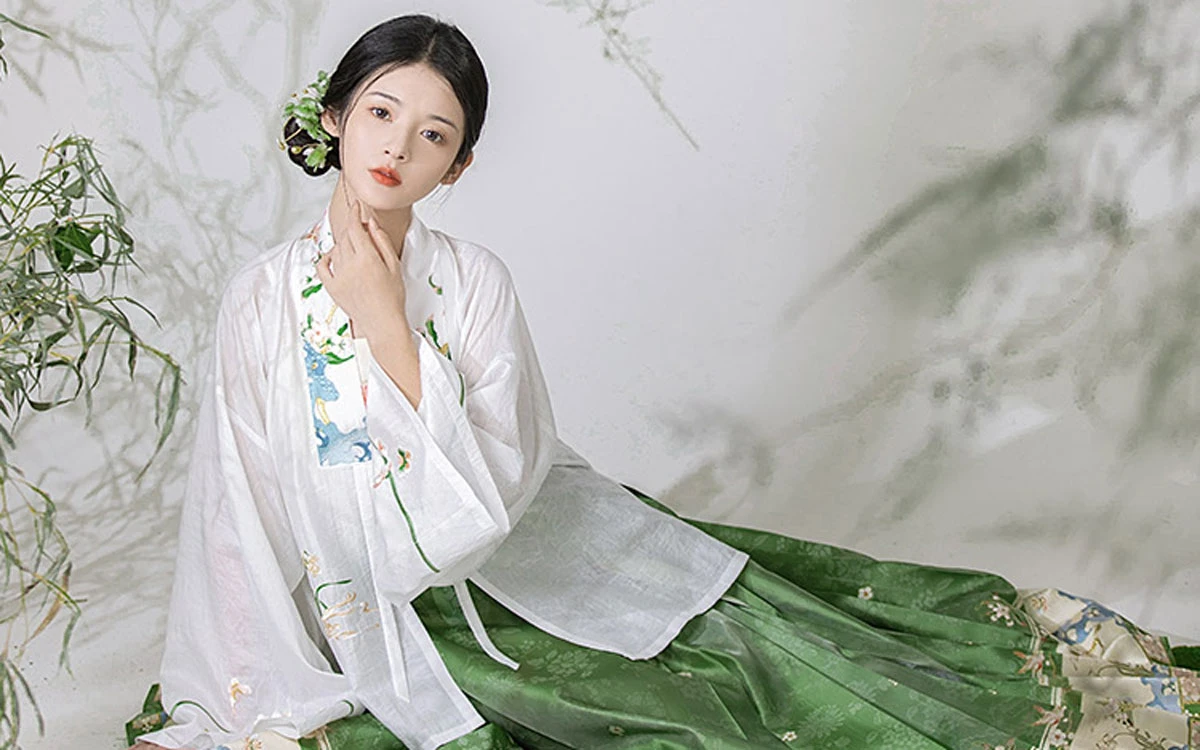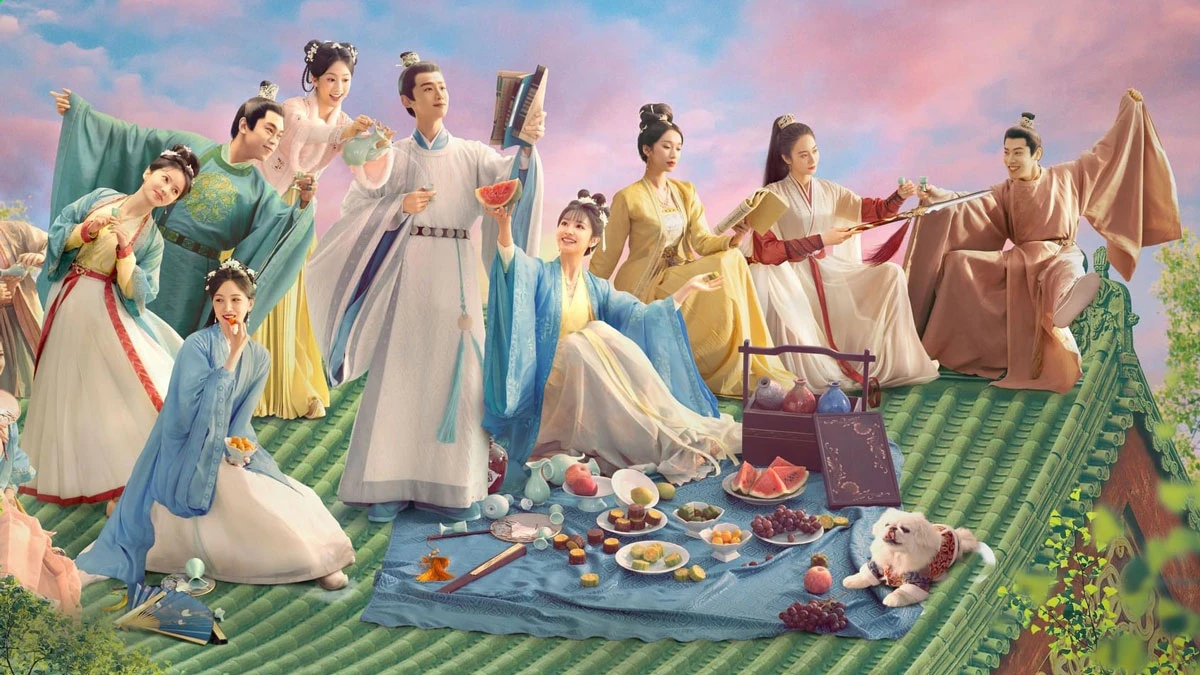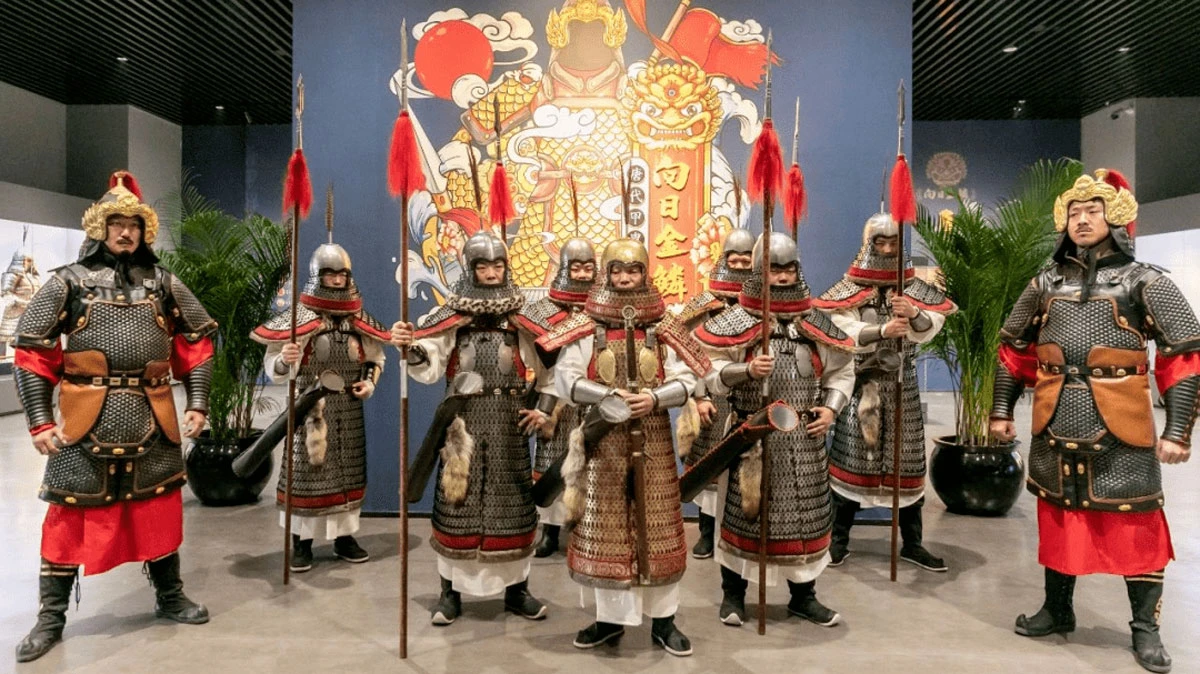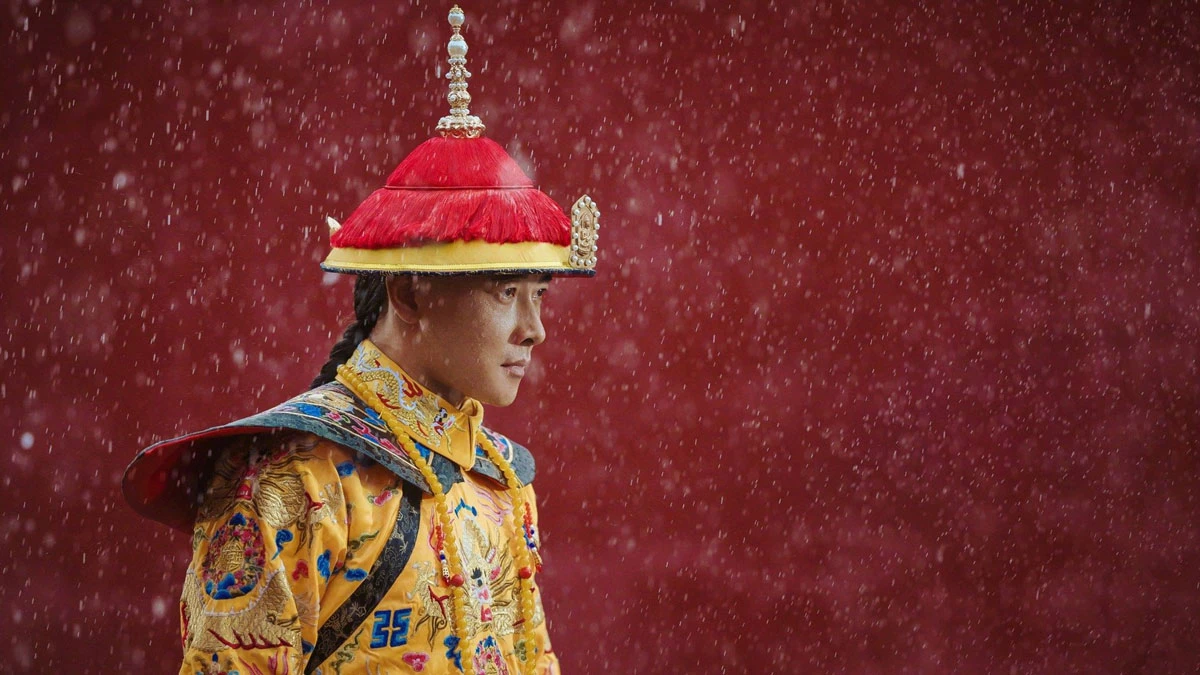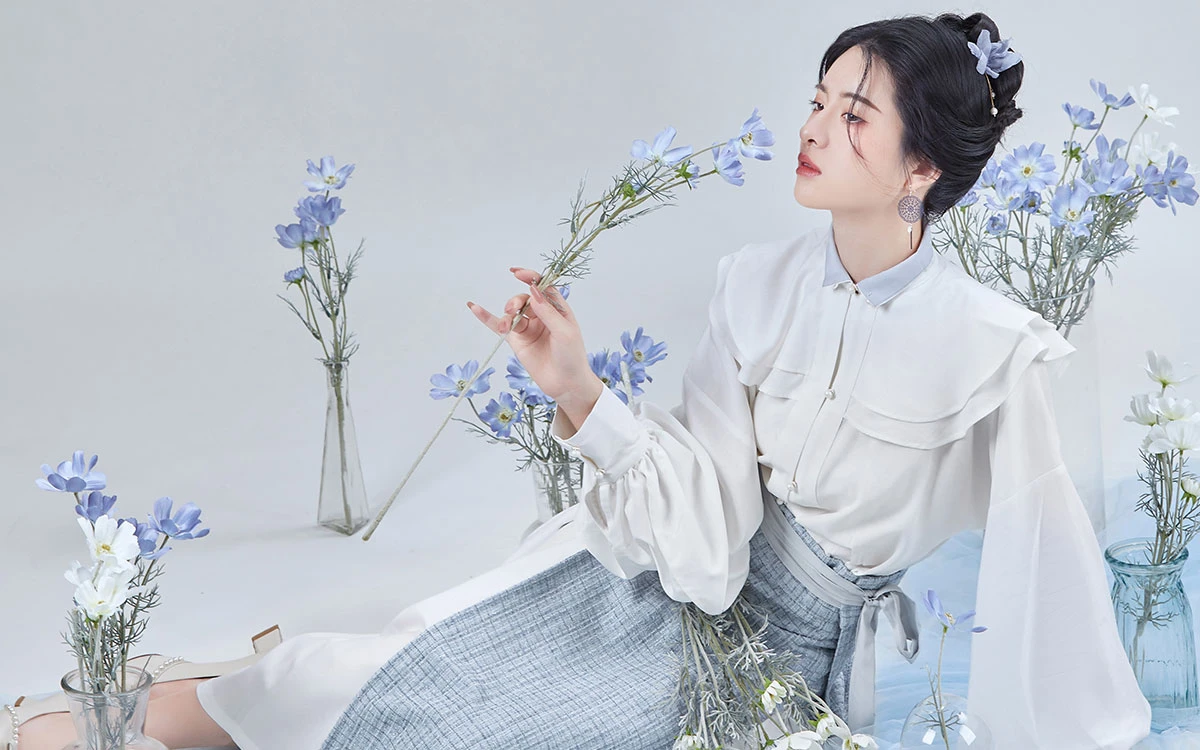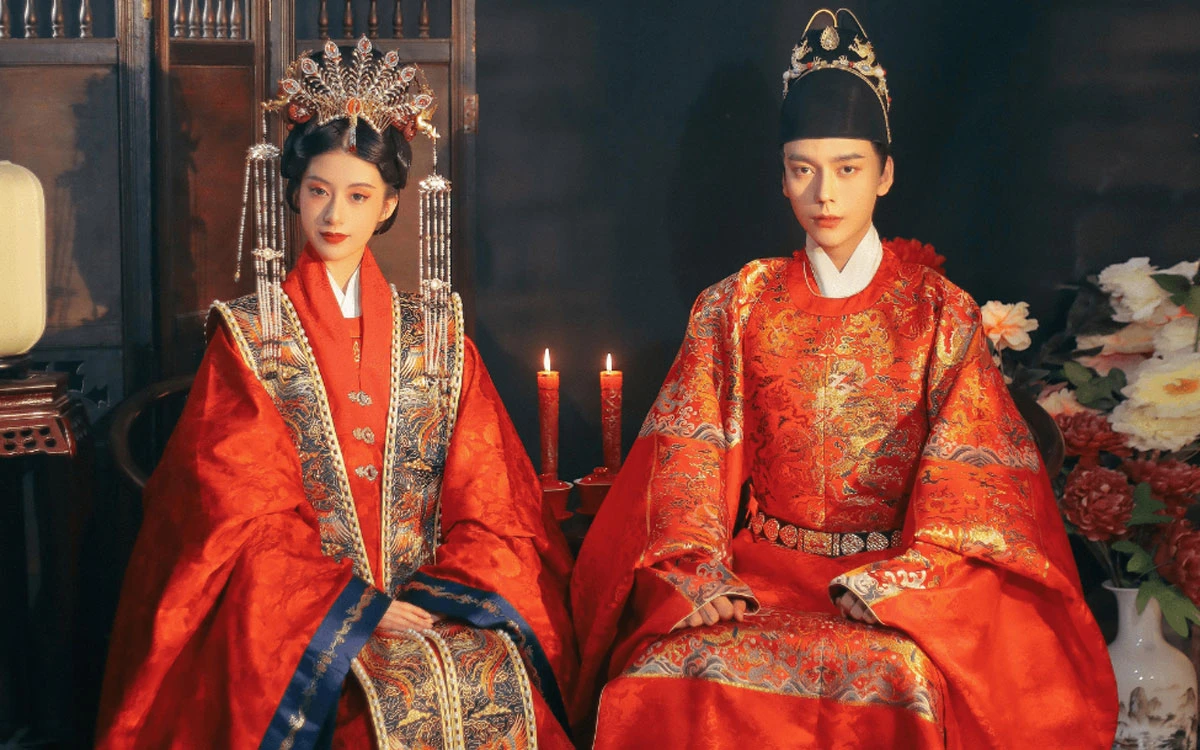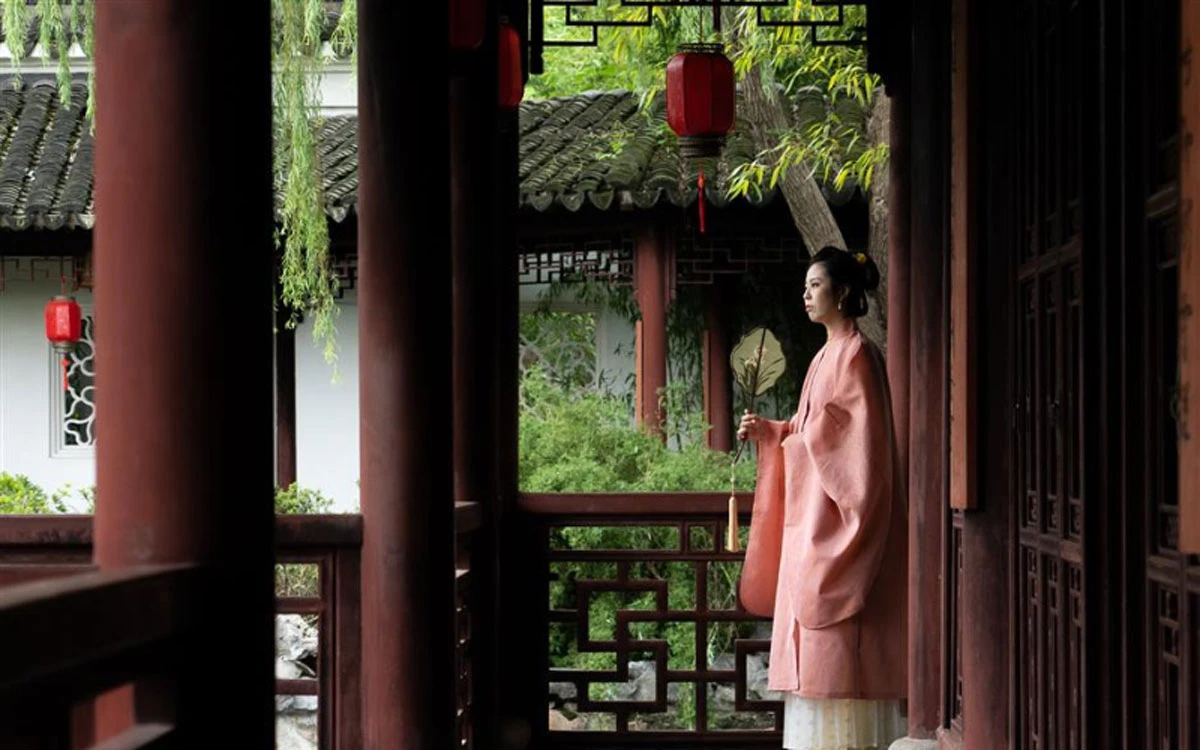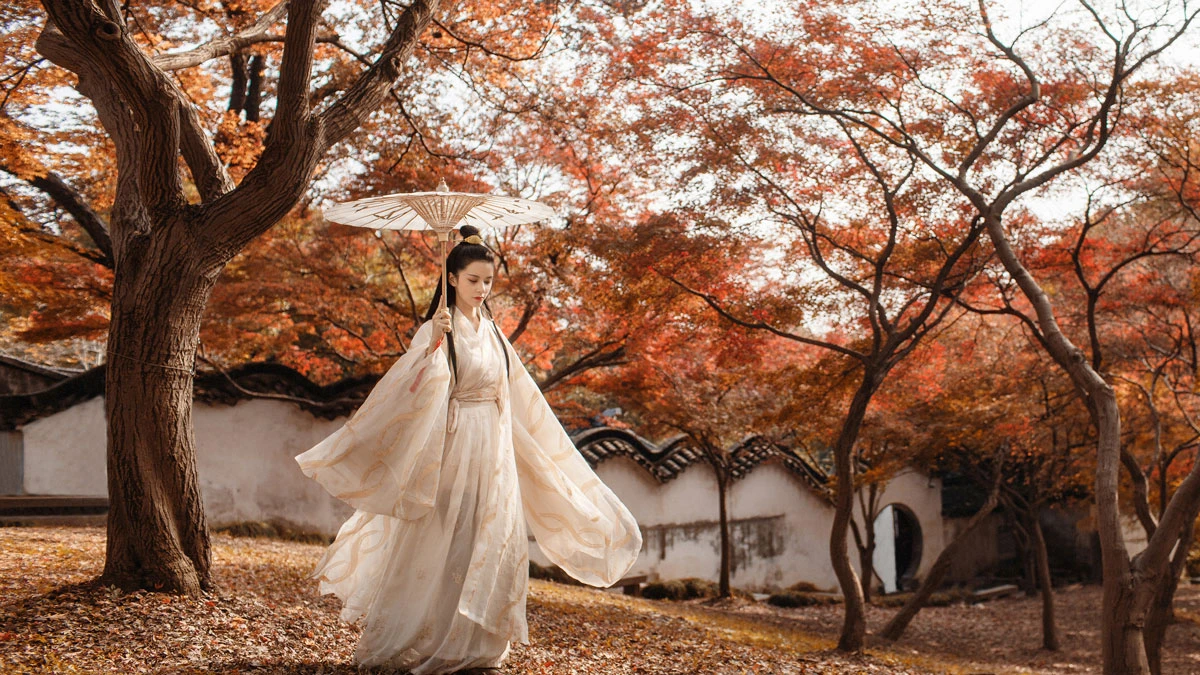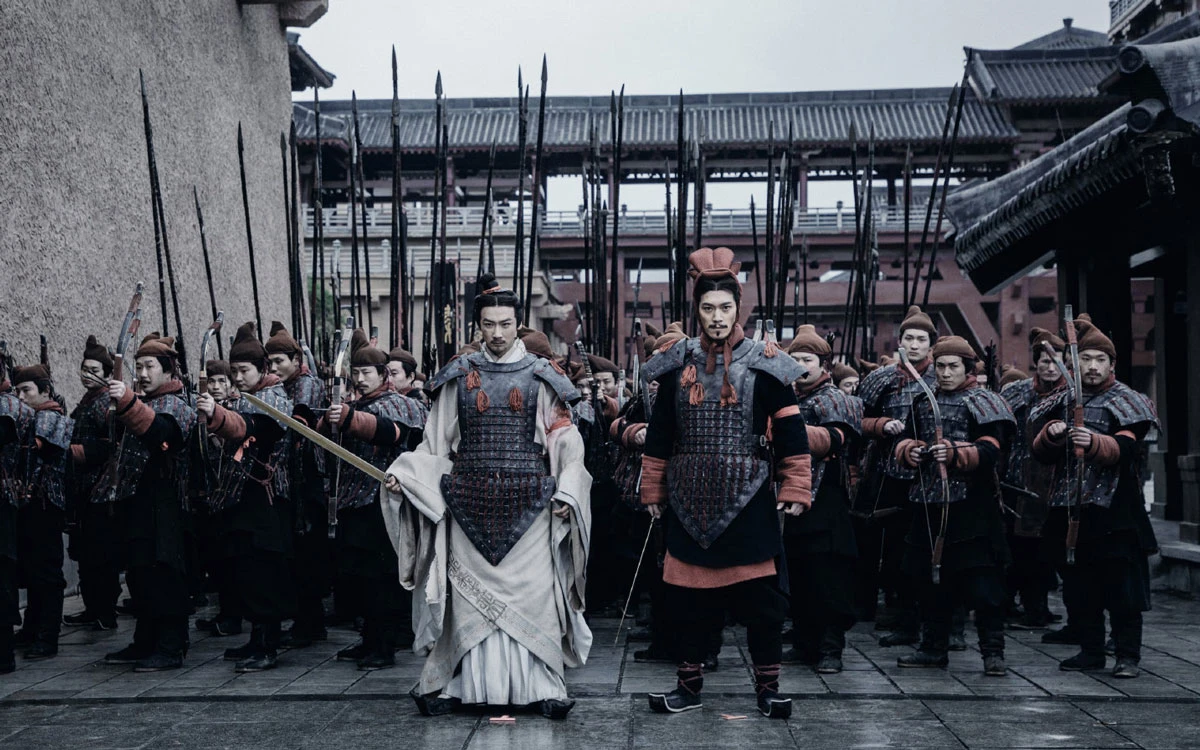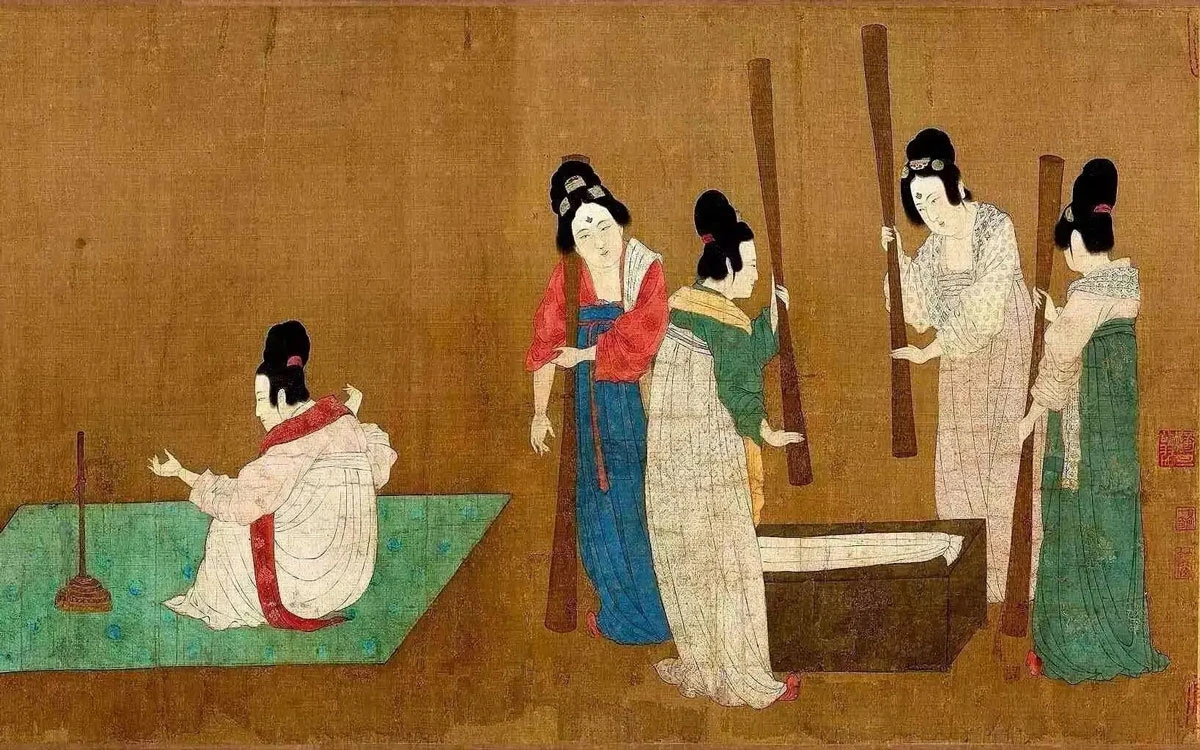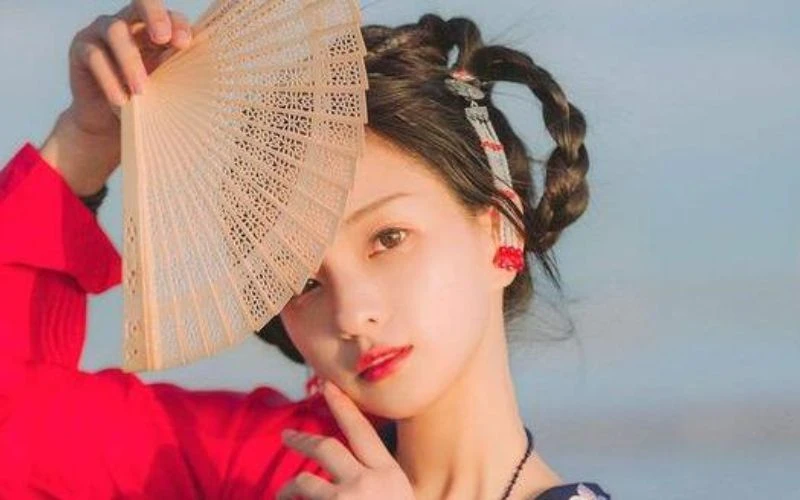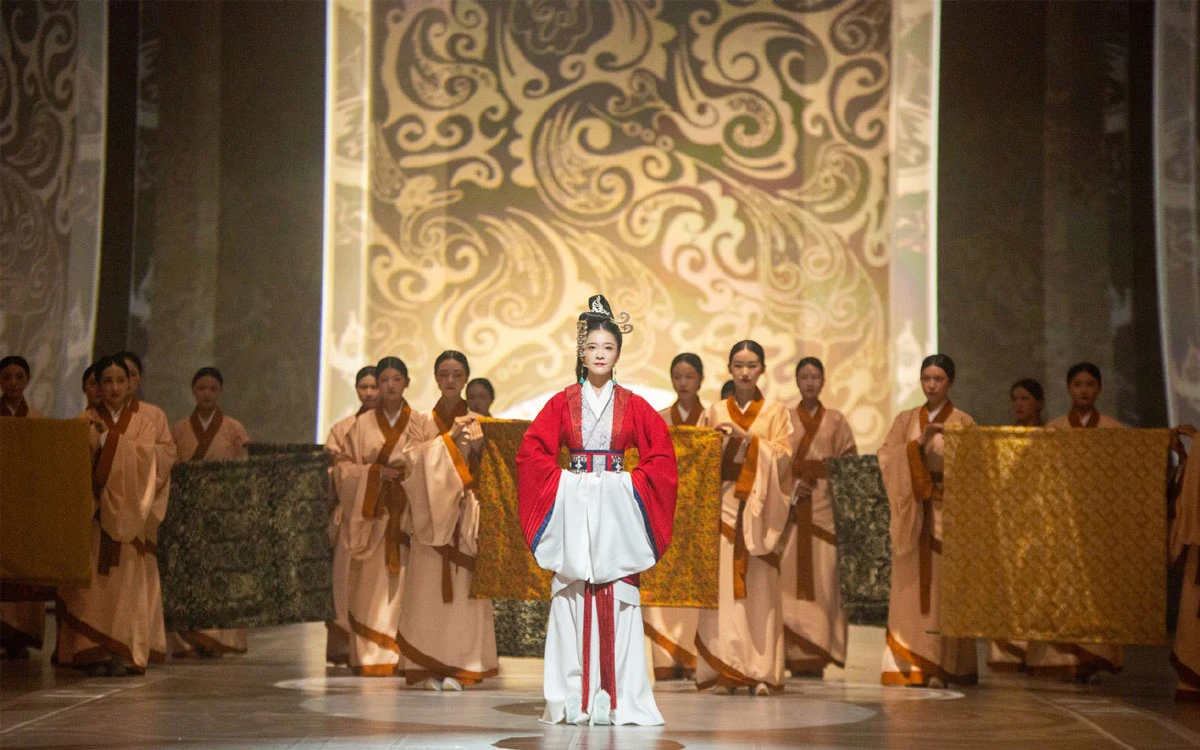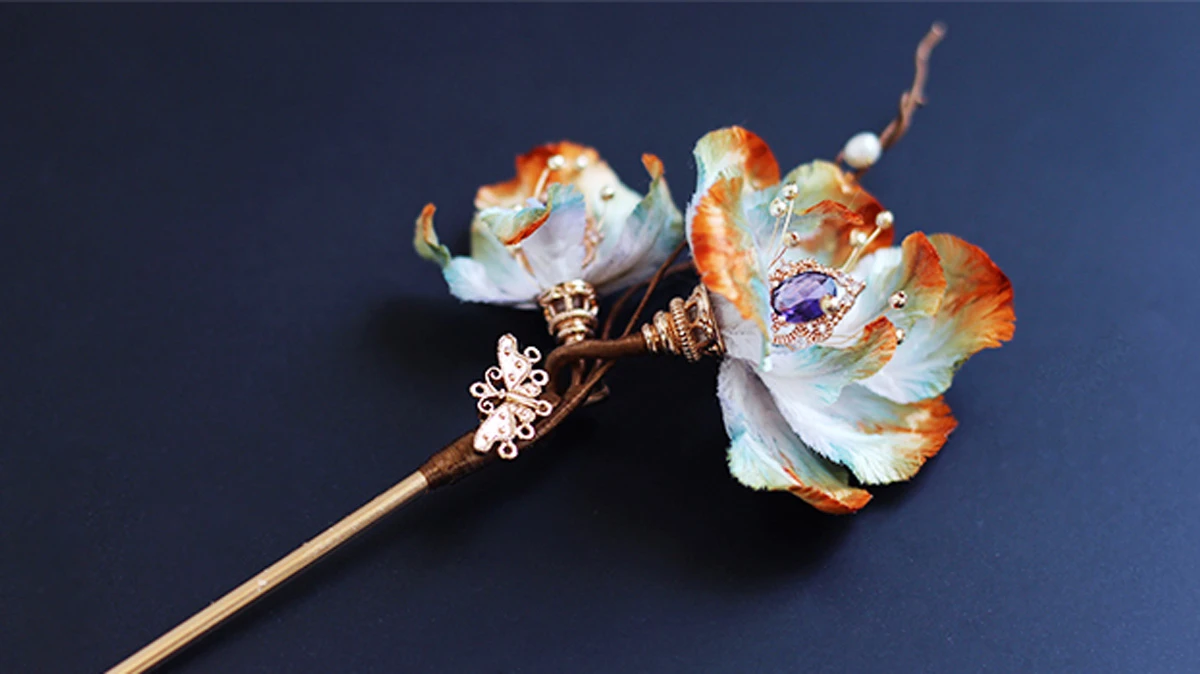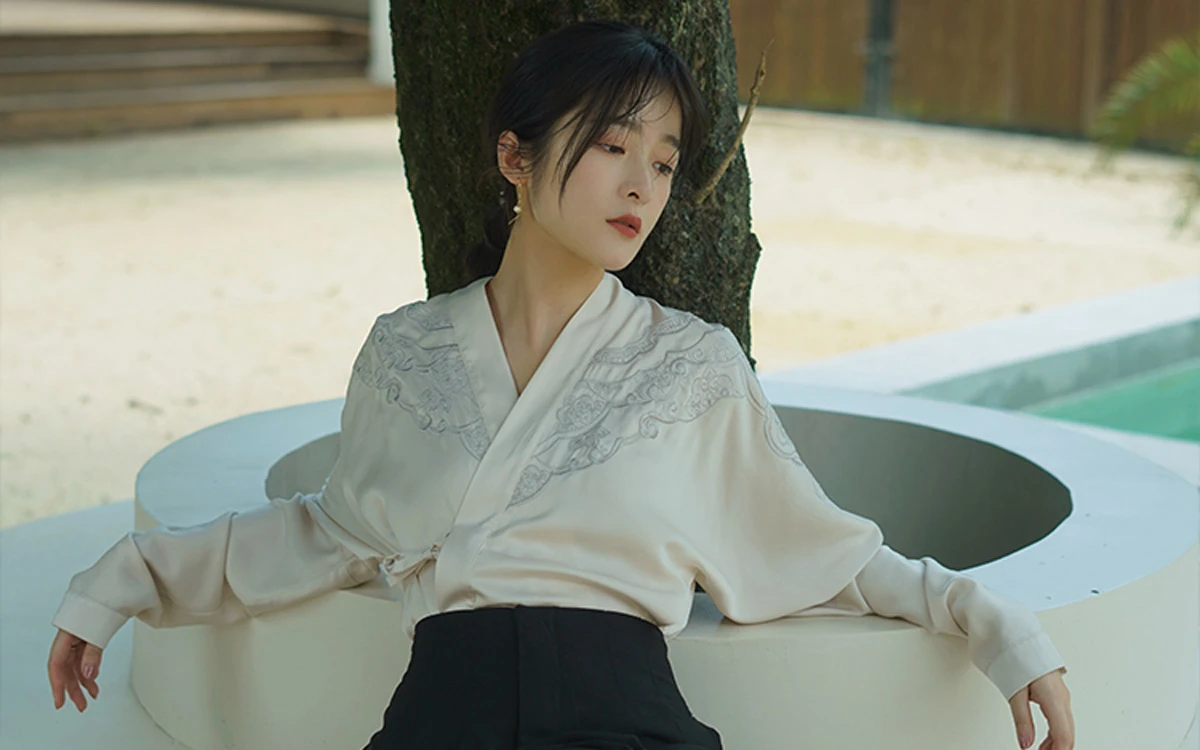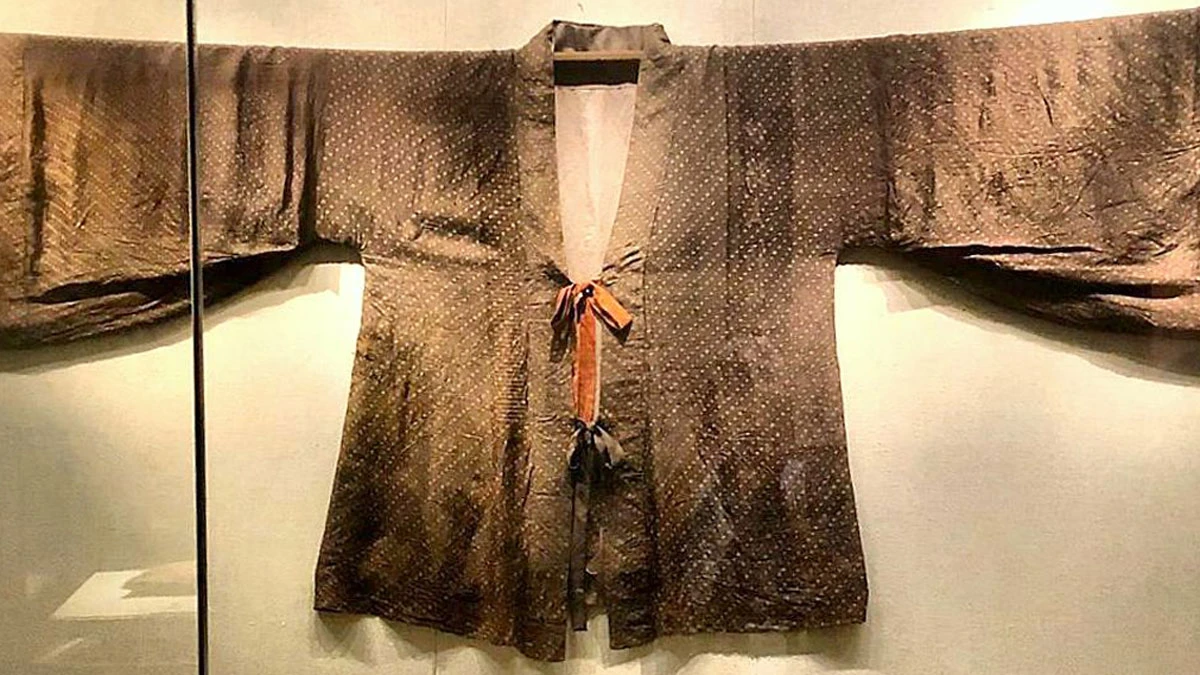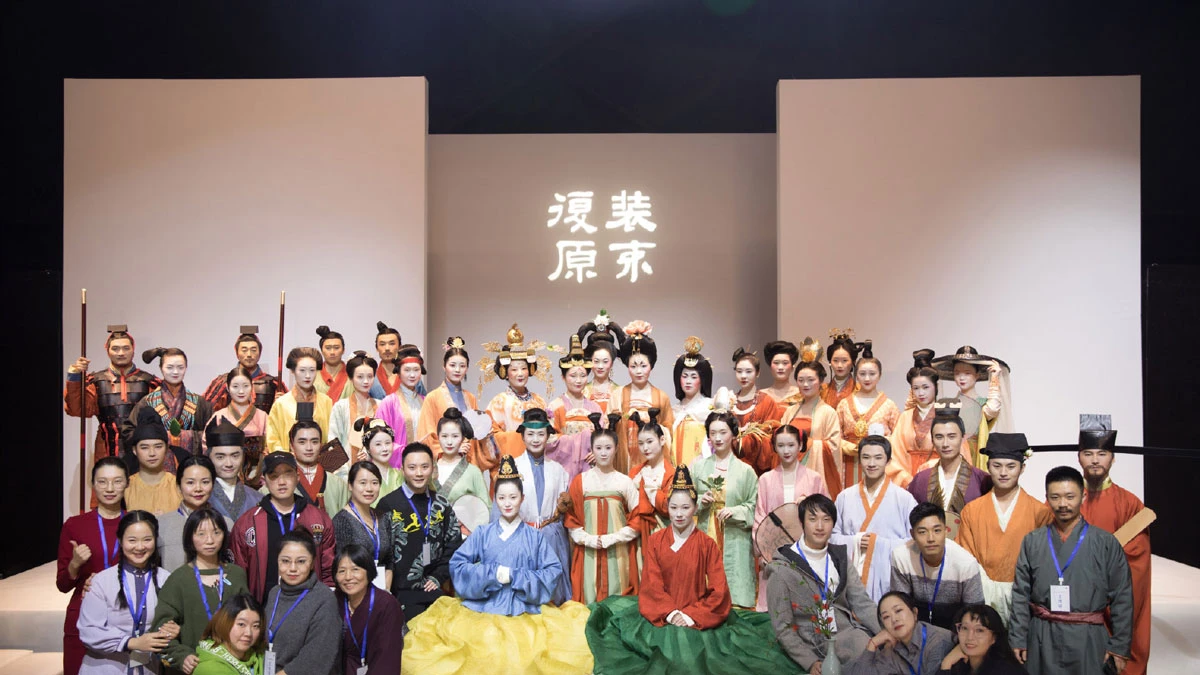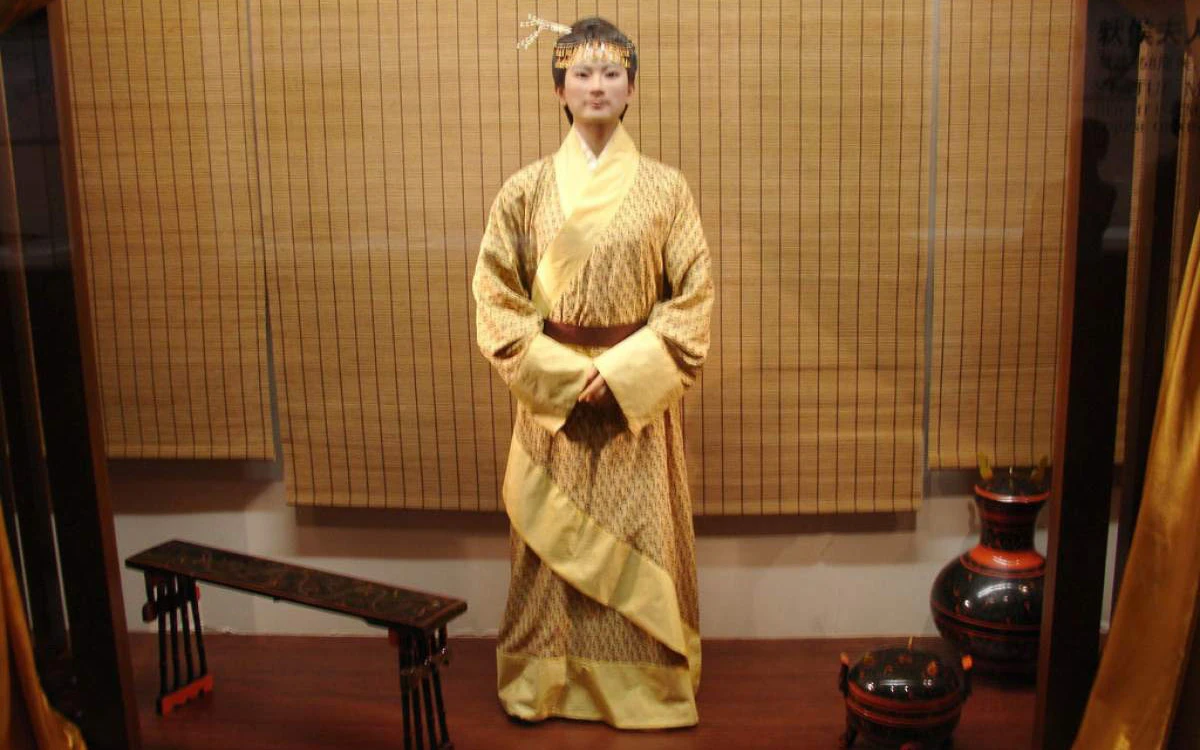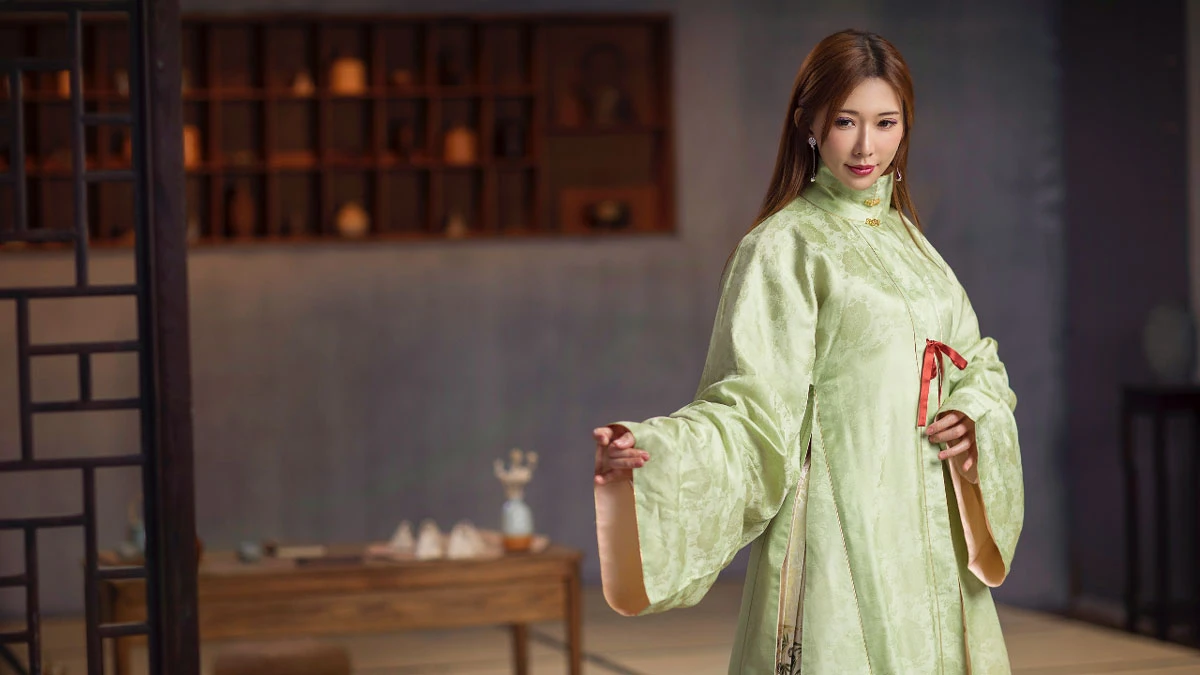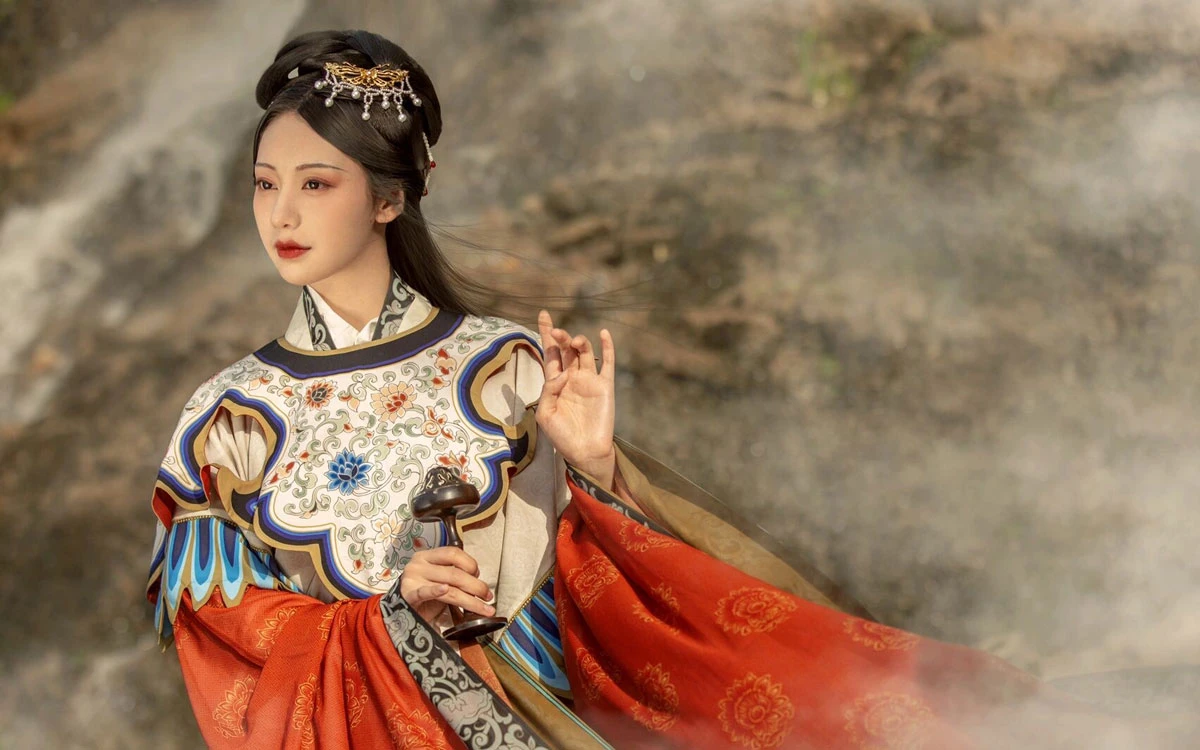Article
搜索结果:
-
The Prototype and Development of Ming Dynasty Costume
In the first year of Hongwu in the Ming Dynasty. In order to eliminate the influence of the clothing left by the Yuan Dynasty, Zhu Yuanzhang issued an edict to the whole country, requiring the removal of Hu clothing. However, it was not the emperor who could determine the style of clothing, but the general public. Zhu Yuanzhang's edict on the restoration of the clothes and the crowns did not completely return people's dress to the Tang Dynasty tradition. Even many elements of Mongolian clothing of the Yuan Dynasty were retained because they were convenient to wear on a daily basis, resulting in the formation of Ming clothing of various shapes and features. Ming Style Hanfu vs. Song Style Hanfu For the general Hanfu lover, the difference between Ming Hanfu and Song Hanfu is probably the hardest to tell. Although it is often possible to make some guesses by feeling after wearing it, it is not really easy to pick out a single piece to see. Although there was no mention in Zhu Yuanzhang's edict of restoring clothing to the style of the Song Dynasty, but the Tang Dynasty was a distant time for the people of the Ming Dynasty.… -
New Life Begins - The Latest Unmissable Comedy Sweet Cdrama
The new record of the fastest topping on the IQIYI drama list, seven consecutive days of the Chinese broadcast market share of the first, "New Life Begins (卿卿日常)" has become the biggest dark horse in the early winter drama market with its extremely high popularity. "New Life Begins" is produced by New Classics Media. In a marriage election, girls from all over the country gather in Xinchuan to marry the young prince of Xin Chuan. The 6th Prince, Yin Zheng (Bai Jingting), who is hiding his light, and Li Wei (Tian Xi Wei), who just wants to go back home and live comfortably, have a laughable marriage. This drama features a fresh style, a cheerful plot, and delightful characters. It combines love, cuisine, humanities, and history together, supplemented by comedy and laughs, ultimately presenting a life story. "New Life Begins" is different from the usual sweet comedy, the sweetness and joy presented are not a mindless spoof, but a romantic distillation of the fragments of life. Some people think that this drama wins in the background and the freshness of the persona, but after watching a few episodes, you will be able to feel the deep skills of the team… -
The Main Types of Chinese Ancient Helmets
The Chinese ancient armor protecting the head was called Zhou (胄, helmet) in the pre-Qin period. In oracle bone inscriptions, the helmet is painted as a shield with a vertical tube at the top. And many of the bronzes excavated from the Yinxu tomb in Anyang are fully consistent with this phenomenon. However, there is a lack of a standard for the definition of other ancient helmets without vertical tubes in Western Zhou and Spring and Autumn Warring States. Therefore, the emergence of iron head armor as the dividing line, before that, regardless of whether they had vertical tubes or not, they were called Zhou regardless of whether the material specifically leather or bronze, after that, they were divided into two categories: Dou Mou (兜鍪, helmet) and Kui (盔, helmet). But those with vertical tubes with feathers as decoration were still called Zhou, such as the unified style of the Qing Dynasty. Ancient helmets from the pre-Qin period Bronze Zhou (胄) of the pre-Qin period is bounded by the Shang and Zhou (周) dynasties. The surface of Zhou in the Shang Dynasty is generally cast with Taotie, round sunflowers, and other patterns, and the unearthed objects in Xingan County,… -
The Long River - the Latest Qing Dynasty Historical Series
The ancient historical series "The Long River (天下长河)" released on November 11, 2022, tells the story of the Kangxi Emperor unconditionally promoting Chen Huang (陈潢) and Jin Fu (靳辅) to take control of the flood in Yellow River flooding. After working despite winds and rains, and dealing with countless turmoils from the court for almost half a century, the emperor and the ministers gradually pacified the flood, leaving the future generations a legacy to be praised for the great achievements of the true historical story. The three main actors are Luo Jin, Yin Fang, and Huang Zhizhong. And the six supporting actors are Xi Meijuan, Liang Guanhua, Su Ke, Lu Siyu, Gong Lei, and Zhao Qi, all of them have their own strengths. Every character in the series has distinctive character traits, and each actor's grasp and interpretation of the characters is perfect. The Long River puts emphasis on the interpretation of history and flood management strategies. Unlike most of the costume dramas today, which are dressed like historical stories but with a core of loving stories, the Long River focuses on the flood in the Yellow River and values the tradition of historical dramas, telling the legendary story of… -
3 Main Styles of Daily Hanfu Costume
It has been twenty years since the revival of hanfu. During this period, some people think that hanfu should be kept in formal wear and not be popularized to daily wear, as modern people already have convenient and customary clothes, so there is no need to change it; others think that daily hanfu costume is the direction and trend of the future development of hanfu. But in fact, since the epidemic, the decrease in hanfu activities and hanfu stages has in fact pushed the development of daily hanfu costumes, and everyday style hanfu has started to become the new popular fashion. Hanfu Shi Dai has compiled a summary of three routes that have emerged for the current everydayization of hanfu. Style A The first is to follow the traditional hanfu form and change the color scheme, fabric, and matching to create a more fashionable and everyday effect than the traditional classical style hanfu, which also includes some designs that mix and match different styles within the framework of the basic form. Style B Style B mixes Hanfu with Western-style tailoring clothing. It is more common for a single item of hanfu, such as Ma Mian Qun… -
Oriental Romance - the Evolution of Traditional Chinese Wedding Dresses
In the Book of Songs, it is said, "The peach blossoms are in full bloom, their colors are bright and vivid like fire. This girl is getting married and will make her husband's family happy and harmonious. (桃之夭夭,灼灼其华。之子于归,宜其室家。)" With a few words, it outlines a prosperous scene of joyfulness and marriage of men and women. Chinese marriage rituals were formed during the Xia and Shang dynasties, and because the ancient ritual of marrying a wife was often held at dusk, it was known as the "Hun Li (昏礼)". Since ancient times, people have attached great importance to weddings, and on this day people dress up to celebrate this important event in their lives and gather many good wishes on their wedding clothes. In recent years, more and more people are choosing traditional Chinese wedding dresses for their weddings, and the beauty of the Feng Guan (凤冠, phoenix crown) and Xia Pei (霞帔) has stunned countless people. Chinese traditional wedding dresses are not only beautiful, but also have the weight and uniqueness of the ancient oriental culture, let's follow ArtMoment to explore the romance that has lasted for thousands of years and belongs to the Chinese people. Tang Dynasty: warmth… -
Poses To Take Photo with Hanfu
Seeing many people posting beautiful photos and videos of them wearing hanfu on the Internet, you want to try it too, right? Here are some poses you can try. 1. Dynamic photography If you always sit in one place or stand still while taking pictures, your expressions and movements will easily become stiff, and the pictures you take will not look good. At this time, dynamic photography methods had to be adopted, and photographers had to take pictures by rotating a semi-circle. The dynamic photo method is not only rotating, but can also use a more daily walking photo method. Holding some flowers in one hand and a dress in the other, stepping on the grass path, lifting the eyes for a moment, freezing the beautiful moments and leaving behind precious memories. Or choose to take a picture in the garden, stroking the leaves with your hands and twisting slightly to capture the side of the face, is also a good choice. 2. Using props for static photos Usually I always feel a little monotonous when taking pictures, I don't know where to put my hands, and even the whole body and expression is unnatural? At this time,… -
Autumn Chinese Clothing Hanfu Style
Entering autumn, in addition to adapting to the weather, we also should change the style of clothes we wear. Temperatures in autumn are around 60% cold and 40% hot, because the sun doesn't last long and the weather tends to seem dark. It often rains but not heavily, when in early autumn there is a lot of fog that appears in the morning. So, warm clothes are more suitable to wear during this season. Now, the spread of hanfu is getting more and more widespread, and everyone can definitely see many people wearing hanfu in everyday life. Be it male or female, young or old, there are many people who wear Hanfu. So, what kind of hanfu should you wear in autumn? It's early fall, and the weather is a little cooler than summer, but not too cold. Therefore, hanfu worn in summer can still be worn today. For example, qixiong ruqun. In addition, Song dynasty hanfu, such as xuanqun, beizi, baidiequn, and others are also very suitable to be worn in autumn. When autumn is a little deeper, everyone can wear thicker hanfu. For example, the Ming dynasty hanfu which is very suitable to be worn in autumn. Of… -
The Form of Ancient Chinese Armor
Armor was an important war material in the cold weapon era, and its quality and quantity were crucial to the combat power of ancient armies and the rule of feudal dynasties. The Chinese emperors paid attention to improving the ability and quality of armor manufacturing, but also strictly controlled the private possession of armor by strict penalties and laws. During the Song and Yuan dynasties, this restriction was even stricter, and those who hid the whole set of armor privately would be regarded as having conspiracy to commit rebellion to be executed. The armor could only be handed out during the war and collected into the national treasury after the war. These military treasures were eventually destroyed and lost during the war between the dynasties, so except for a few surviving artifacts from the late Qing Dynasty that have been preserved as cultural relics, the rest of the dynasties have rarely survived to this day. However, after the death of the royal family and the senior military class, armor could be buried in the burial chamber as burial goods. For example, the Qin Dynasty, the images of armor portrayed on the terracotta warriors and the stone armor excavated from the… -
Hanfu Unearthed IV: Tang Dynasty Relics in Astana Cemetery and Shosoin Repository
Haha so I lied in the last article, we’re actually doing the Tang Dynasty next! This is for sure going to be a favorite of everyone—after all, who can resist the flamboyant, vibrant beauty of the Tang Dynasty? Let’s get right to it and see where some of our favorite Tang Dynasty hanfu comes from. The Tang Dynasty was a period of time (618–907CE) preceded by the Wei/Jin Northern and Southern Dynasties and proceeded by the Five Dynasties Ten Kingdoms period, and then the Song Dynasty (the Five Dynasties Ten Kingdoms period is often regarded as part of the Tang fashion period for hanfu purposes because the fashion trends followed pretty closely). A flourishing golden age for China, the Tang Dynasty saw leaps and bounds in art, poetry, and exchange of culture—the most open-minded society that has existed in the world in a very long time. People freely exchanged cultural norms, aesthetics, and ideas between nations from the Silk Road and beyond, resulting in a blossoming of the world of clothing as well, and a rich collection of art for us to reference our hanfu off of. Astana Cemetery Interestingly, not a lot of clothing of the Tang Dynasty… -
Simple and Beautiful Hanfu Hairstyle
When wearing hanfu, everyone will usually do the hanfu hairstyle. With a beautiful hairstyle, it will indeed be very photogenic when taking photos. However, it does take time and energy to do a beautiful hanfu hairstyle. When you usually go out, you may not have enough time to do a beautiful hairstyle. In fact, some hairstyles can be used to match hanfu in addition to ordinary clothes, as long as you match them properly, they will naturally look good. 1. Low ponytail If you don't want to create an overly complicated hanfu hairstyle, a simple low ponytail that goes well with the hanfu will suffice. Of course, everyone should pay attention to the feeling of laziness when wearing this type of hairstyle. That is, when a low ponytail is tied, it should not be too close to the scalp and should be tied a little looser. Also, it is best to leave some bangs in the front to complete the face shape. If you don't have neat bangs, you can also leave two strands of hair at the temples, which will make the hairstyle softer, and more suitable for matching hanfu. 2. High ponytail The low ponytail mentioned… -
The Mews - Unmissable Hanfu Variety Show that You Should Stream Right Now
In the past two years, there have been countless cultural variety shows that got public praise, but the most impressive estimates are "Tang Palace Night Banquet", underwater Flying Dance "Pray", and "The Painting Journey—The Legend of A Panorama of Mountains and Rivers", and most of them are showcased in gorgeous and beautiful dances. Recently, the variety show "The Mews (美好年华研习社)" has once caused a frenzy among hanfu lovers in the form of a brand-new program. The Highlight of "The Mews" "The Mews" was initiated by famous hosts Wang Han and Ma Ke. It gathered 12 young members and divided them into two groups. With historical figures as the topic, the members of the two groups studied separately, designed a show for the two ancient women, and participated in it. Therefore, each episode is about the process of the groups members from getting the questions to completing them. It combines almost all stage forms: drama, musical, stand-up comedy, dance, and hanfu show, through the stories of ancient women, to tell the aesthetics and culture of their times. The program is aimed at the majority of young audiences, promotes and popularizes the traditional aesthetics of the Chinese represented by "Chinoiserie" and… -
Hanfu Accessory: Ronghua History and Basic DIY Steps
Vocabulary Velvet Flower - 绒花 (rónghuā) - a realistically made flower made artificially from silk threads and copper wire. Palace Flower - 宫花 (gōng huā) - another way to call ronghua with the rise in popularities of ronghua to females in the palace. Untwisted Silks - 无捻蚕丝 (wú niǎn cánsī) - when it comes to silk threads, depending on the type and material of the threads, one single thread can be made up of thinner threads twisted together. Untwisted silk thread means there are no smaller twisted threads. You can directly skip to the brushing steps in ronghua making process. Hunan Embroidery Thread - 湘绣线 (xiāngxiù xiàn) - another type of thread used in ronghua making. Suzhou Embroidery Thread - 苏绣线 (sūxiù xiàn) - another type of thread used in ronghua making. History 绒花, rónghuā, an artificial handcraft head accessories made from materials such as silks and coppers. It existed since the Qin Dynasty. There are many known “brands” of ronghuas, such as Nanjing Ronghua. In the Tang era, Wu Zetian listed Nanjing Ronghua as a royal tribute to the Yangzhou area becoming a luxury only princes and princesses can use. Eventually, Nanjing Ronghua became something that represents Nanjing but also… -
3 Hanfu Items to Match Your Autumn Fashion
The beauty of autumn is that you can apply different dressing rules even though the seasonal temperature changes. Blending hanfu and fashion elements together to explode with an unforgettable sense of tradition and fashion. In this article, Hanfu Times recommends three types of hanfu items and the best dressing principles for fall to find your own fall hanfu street fashion. Round Neck Shirt/Robe The round neck shirt/robe is the most suitable hanfu item for all skin types and body types. The collar can be decorated with nice buttons and can be folded into different lapel styles, which can be worn as a top or as a windbreaker jacket depending on the thickness of the material. The cuffs can be added or modified with cufflinks, turning them into arrow sleeves or bubble sleeves, suitable for a mix of different personalities. The lower skirt can be mixed with a Poqun, or a Mamianqun. If it is a solid color, the waist and then add a medium width belt, can cover the original skirt waist, but also to trim the body shape. The bottom can also be mixed with fashion pants, fashion chinos, lantern pants, or wide-legged pants. Stand Collar Shirt… -
Hanfu Unearthed III: Wei/Jin and Northern/Southern Dynasty Relics
Hey everyone, thanks for waiting! Our next topic is gonna be pretty exciting for most of you who love the classic ruqun aesthetic: we’re going to be going over the historical relics for the Wei/Jin and Northern/Southern Dynasty! Since there are so few of these relics, this article is going to focus on the Wei/Jin Dynasty as a whole, including restored relics, art references, and misconceptions about the Wei/Jin Dynasty. It might be a bit of a shorter article due to little material, but I know that people are really interested in this period of time, so let’s get to it! 魏晉南北朝/魏晋南北朝/wei4 jin4 nan2 bei3 chao2/Wei/Jin and Northern/Southern Dynasties refers to the period of time between 220 and 589CE. Also known as 六朝/六朝/liu4 chao2/Six Dynasties, this set of dynasties are compressed into one general block of time by historians because of the rapid exchange of power. Following the Eastern Han dynasty, the Three Kingdoms period had the Cao Wei kingdom at its forefront, with the Western Jin Dynasty coming right after ruled by Sima Yan. This was followed by the Northern Dynasties, when the Northern Wei, Western Wei, Easter Wei, and Northern Zhou and Qi Dynasties followed each other rapidly,… -
Hanfu Restoration Costume Show in Latest Documentary
Recently, Dragon Television announced that China's first documentary to briefly describe the creation story of China and Chinese civilization with national archaeological discoveries, "He Yi Zhong Guo (何以中国)", will officially meet with the audience in the near future. The program team spent more than 400 days and nights photographing more than 40,000 kilometers, which is equivalent to more than one week around the equator, and photographing more than 230 archaeological sites, archaeological workstations, museums, and other sites across the country. In the "He Yi Zhong Guo" Special Program: Talk About Archaeological History, the program team invited the Chinese Hanfu restoration team (中国装束复原小组). In the program, they took the audience on a tour of "fashionable clothing" from the Spring and Autumn period to the Three Kingdoms period through a hanfu show. The first is the long dress from the late Spring and Autumn periods to the early and mid-Warring States Period. It is characterized by the hollowing out behind the long dress, revealing the long skirt dragging on the ground. Red is the right color, which is suitable for the attendance of some important occasions. The hairstyle is a chic and delicate combed bun, showing the slender neck behind the head.… -
Hanfu Unearthed II: Mawangdui Han Tomb
The 馬王堆漢墓/马王堆汉墓/ma3 wang2 dui1/Mawangdui Han tomb is one of the most famous Han dynasty archaeological sites in China. Located in Mawangdui, Changsha, this elaborate tomb was found in 1968 and excavated in 1972 to reveal the remains of an incredibly well-preserved noblewoman that we now know was the wife to the Marquis of Dai in the Han Dynasty Kingdom of Changsha, Li Dai. A multilayered burial site containing furniture, food, art, accessories, and other belongings, the tomb contained her personal seal, which was found with the name 辛追/辛追/xin1 zhui1/Xin Zhui engraved in it; thus we know her as 辛追夫人/新追夫人/xin1 zhui1 fu1 ren2/Lady Xinzhui. (A quick disclaimer—this series of articles is a result of my own research. I’m not a trained historian or archaeologist, I’m an inexperienced student with an interest in hanfu and chinese history. I don’t have a works cited page for these (though I can point you towards some of the resources I used off the top of my head if you really want them), and I didn’t spend a long time verifying my sources beyond checking with multiple sources to make sure the information was consistent, because frankly I don’t have the time to do that. All… -
The Great Hanfu Craftsman Zhong Yi - Founder of Ming Hua Tang
China has a long history of five thousand years. The history written in this vast land by Chinese people flourishing, eating, clothing, housing, and transportation is every bit as colorful and splendid. National dress is the most intuitive expression of national style. For example, when we talk about Japan, people can quickly think of kimonos. What would come to mind if we were to find a synonym for Chinese costumes? In the heart of craftsman Zhong Yi, the word is definitely: Hanfu. In May 2017, Lin Chi-ling in hanfu appears in a large advertisement in Times Square, New York, wearing a simple and elegant bean green hanfu dress. The soft and gentle, exquisite craftsmanship is hidden in the details, showing the restrained and dignified beauty of oriental women. The Chinese culture was promoted intuitively and fully, stunning the world. As a sharer of the second season of the program "THE GREAT SHOKUNIN", Lin had this to say in the program. "China, with its greatness of manners, is called Xia, and the beauty of its costumes is called Hua. Costumes and manners are traditionally the most external cultural heritage of a nation. Hanfu, is not the old clothes that stay in… -
5 Historical Fashion Items from Ancient Chinese Costume
We often say that fashion is a cycle, but have you ever wondered what fashion items were popular in ancient China? What kind of clothes are popular in different periods? The ancient pleated skirt The preppy style has been really popular in recent years, various brands have also repeatedly used retro college style as the main style of the season. Kinds of pleated skirts and white shirts can be seen everywhere. However, in the Han Dynasty of China more than 2,000 years ago, there was already such a "pleated skirt" design. According to legend, its origin is related to Zhao Feiyan, one of the top ten beauties of ancient times. In the records, Zhao Feiyan was slim and likes to dance in long skirts. One time, a strong wind suddenly blew while she dancing on the lake. Zhao Feiyan was almost fly into the sky by the wind, and the palace maid hurriedly pulled her skirt to save her. The skirt was pulled out a lot of folds, but everyone felt that these folds made the skirt look more beautiful. The fairy-like Zhao Feiyan was not only not blown away by the wind, but also left the beautiful name… -
4 Kinds of Common Hanfu Fabric Process
Fabric and craftsmanship are both very important aspects of hanfu making. In this article, several common hanfu fabric processes will be briefly introduced to you. Zhuang Hua Zhuang Hua (妆花) is the most complex variety of weaving technology in Nanjing cloud brocade, and also the representative jacquard silk weaving variety with the most local characteristics of Nanjing, was popular in the Ming and Qing Dynasties. Traditional Zhuang Hua is made of artificial weaving, and the Zhuang Hua on nowadays are all "imitation Zhuang Hua", which are made by machines. The Zhuang Hua fabric is characterized by many colors and is rich in color changes. In terms of the weaving method, the pattern on the fabric is partially painted by using a colored fleece weft bobbin. The color matching is very free and there are no restrictions. The main pattern of the design is usually expressed in two or three levels of color, and some patterns are expressed in simple color (such as pedicels, leaves, and buds). A piece of Zhuang Hua fabric with patterns and colors can be matched in more than a dozen or even 20 or 30 colors. Although there are many colors of Zhuang Hua, but…
